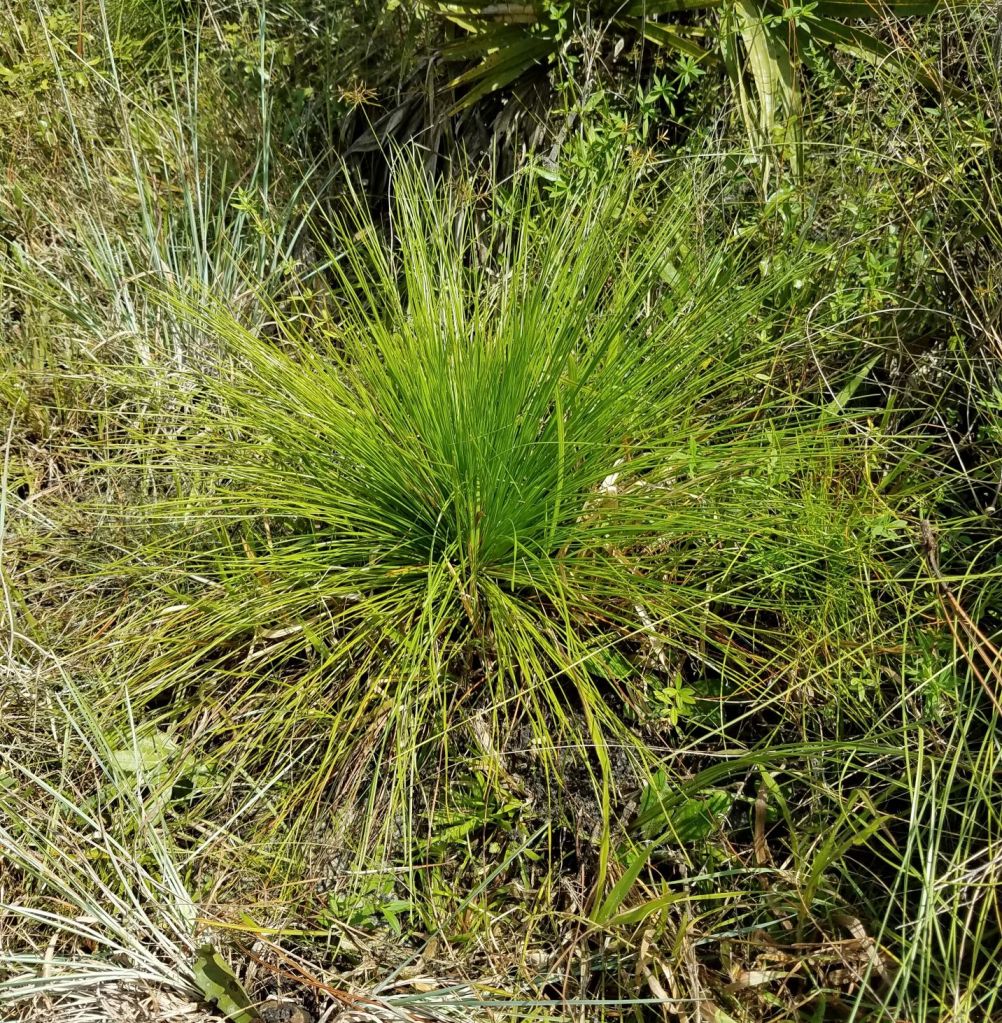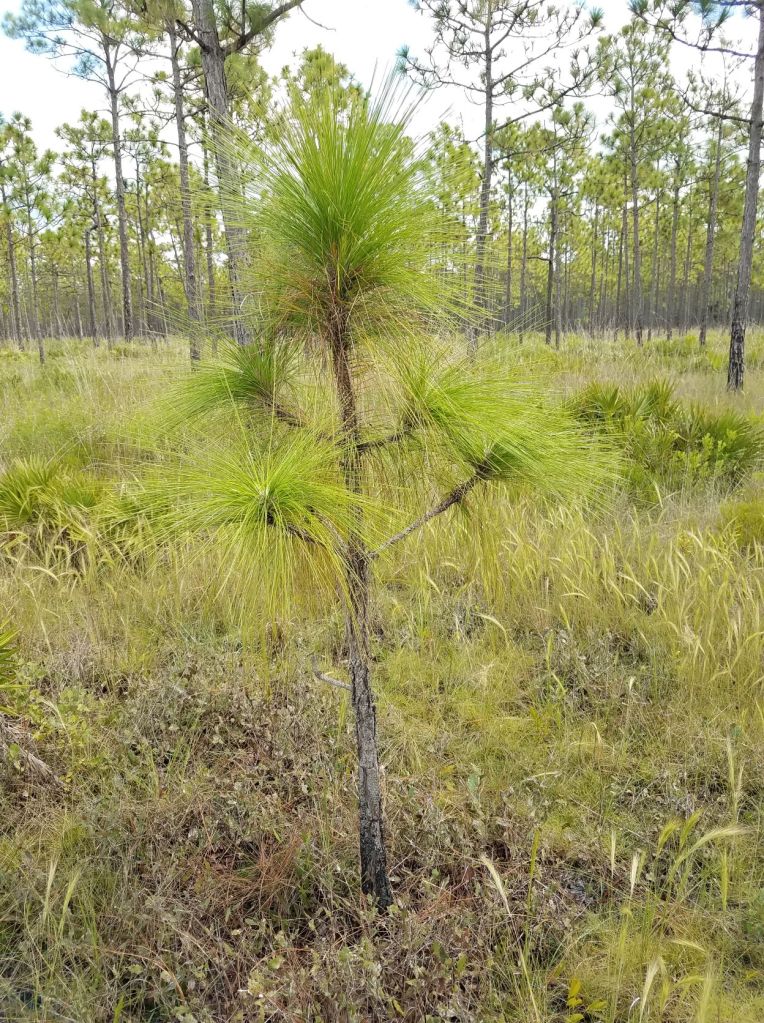
Author: Greg Thompson
The Red-cockaded Woodpecker is native to the pine forests of the Southeast. Once critically endangered by the broad-scale loss of these forests, the birds have rebounded due to management efforts on public and private lands. The Avian Ecology Program at Archbold Biological Station has been studying Red-cockaded Woodpeckers at Avon Park Air Force Range for more than 25 years, and this study population, like the species, has rallied in recent years. In south-central Florida, the critical pine species for these woodpeckers is the Longleaf Pine. Dr. Reed Bowman, Director of the Avian Ecology Program said, “Red-cockaded Woodpeckers are the only North American woodpecker to nest in living pine trees. The Longleaf Pine, once tapped to harvest its copious resin to make turpentine, also provides the means to protect the nests of this bird. Because the trees are living, snakes can climb the bark but the woodpeckers chip dozens of small holes around their nests, causing the trees to exude resin that forms a sticky barrier which prevents the snakes from reaching the nests. The health of Red-cockaded Woodpeckers and of Longleaf Pines are inextricably intertwined.”
The Longleaf Pine is part of a southeastern ecosystem that relies on frequent fire. Historically, these fires were started naturally by lightning. Today, because forests are more fragmented by roads and development, land managers are responsible for igniting most of these fires. These human-ignited fires for the purposes of habitat maintenance are called prescribed fires. Greg Thompson, an Archbold research assistant who has been leading the work on Red-cockaded Woodpeckers, notes, “For the Longleaf Pine, fire is necessary for survival but also creates a series of challenges that the trees must overcome. On one hand, fires create conditions where Longleaf Pines can grow. However, fires can also kill the trees under certain situations.” The Longleaf Pine has a unique life cycle that is intimately linked to fire, and biologists and land managers are always working towards improving their understanding of this life cycle to appropriately manage the forests.
Fire plays a crucial role throughout the Longleaf Pine life cycle starting with their seeds. Fires, fueled in part by the highly flammable pine needles that have fallen to the ground, consume the grasses and woody shrubs, exposing the soil and creating conditions where the pine seeds can sprout, or germinate. The young Longleaf Pines do not immediately start growing upwards. Instead, they grow into something that looks more like a clump of grass than a tree, referred to as the ‘grass stage.’ There is no trunk nor branches, just a thick pom-pom cluster of pine needles growing at ground-level. Belowground, a long taproot forms, growing deep into the soil, storing energy that the young pine will eventually use to fuel rapid upward growth when the time is right. At the ‘grass stage’, the young pine is mostly protected from fire. The bud, which is where new growth originates, is nestled at the center of the clump of needles. Around the pine are grasses and palmettos, all of which are highly flammable but burn quickly. When a fire occurs, it passes rapidly over the young pine, singeing the dense needles without killing the bud. After the fire, the bud produces a new cluster of pine needles.
The young Longleaf Pine can remain in the grass stage for years, but eventually it transitions into the next phase of its life cycle. Fueled by the stored nutrients in its taproot, the bud pushes its way up out of the protective cloak of pine needles and begins rapid upward growth in what is referred to as the tree’s ‘rocket stage.’ At this stage, the pine is vulnerable to fire until it grows tall enough that the bud is out of reach of the flames and the bark has grown sufficiently thick to shield the inner wood from the damaging heat. This usually takes one to three years. Fires can occur in longleaf habitats as frequently as every one to two years, and many trees do not make it past the ‘rocket’ stage. However, this process also thins the pine stands, reducing competition for light, water, and nutrients for the pines that survive. This release of competition is an essential stage for a mature healthy forest.
Once a Longleaf Pine reaches about eight feet in height, it has developed substantial resistance to fire. Still, it is not invincible. Even fully mature trees can be weakened or killed by a particularly intense fire, though these types of fires are rare in forests that are burned frequently. In general, it is in the early stages of Longleaf Pine development where fire has the greatest impact. Archbold researchers conduct habitat assessments to determine the relationship between fire and the abundance of young pines at Avon Park Air Force Range to develop recommendations for best management practices. Thompson noted, “It’s the young pines that are the future of these forests. A forest must contain trees from every age class in order to persist through time. Promoting healthy forests with strategic prescribed fire practices is essential for the long-term health of the Longleaf Pine forest and the Red-cockaded Woodpeckers that rely on it.”

